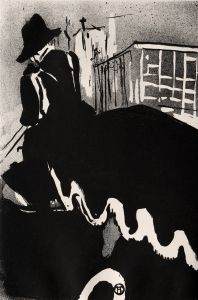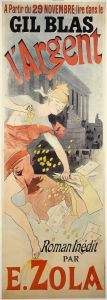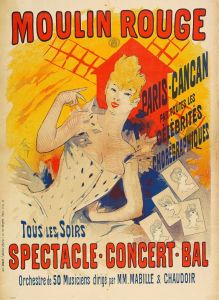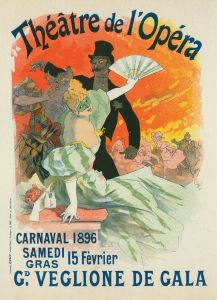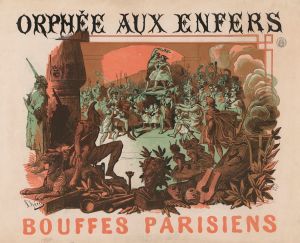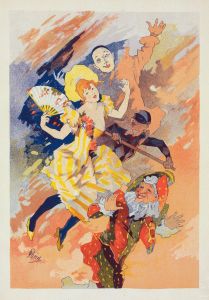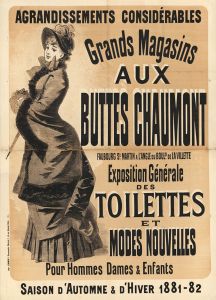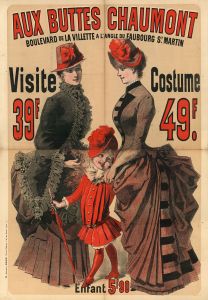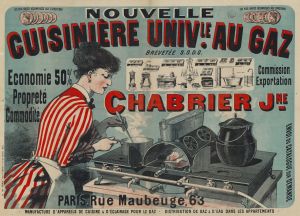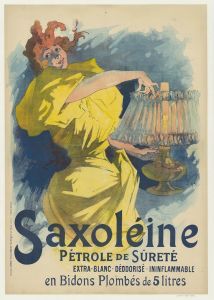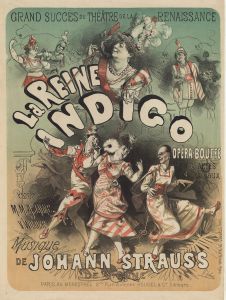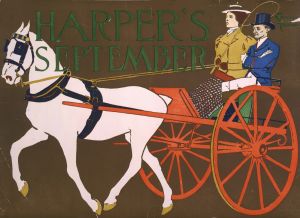
La Terre
A hand-painted replica of Jules Chéret’s masterpiece La Terre, meticulously crafted by professional artists to capture the true essence of the original. Each piece is created with museum-quality canvas and rare mineral pigments, carefully painted by experienced artists with delicate brushstrokes and rich, layered colors to perfectly recreate the texture of the original artwork. Unlike machine-printed reproductions, this hand-painted version brings the painting to life, infused with the artist’s emotions and skill in every stroke. Whether for personal collection or home decoration, it instantly elevates the artistic atmosphere of any space.
Jules Chéret, a prominent French painter and lithographer, is often hailed as the "father of the modern poster." His work in the late 19th and early 20th centuries played a significant role in the development of advertising art, and he was instrumental in transforming the streets of Paris into a vibrant gallery of colorful posters. Among his many works, "La Terre" is one of the pieces that exemplifies his artistic style and contribution to the art world.
"La Terre," created in 1899, is part of a series of decorative panels that Chéret designed to celebrate the four elements: Earth, Air, Fire, and Water. These panels were intended to be both artistic and decorative, showcasing Chéret's ability to blend fine art with commercial appeal. "La Terre" specifically represents the element of Earth and is characterized by Chéret's signature style, which combines elegance, movement, and a sense of joy.
The artwork features a central female figure, a common motif in Chéret's work, symbolizing the personification of Earth. She is depicted in a graceful pose, surrounded by lush greenery and flowers, which emphasize the theme of nature and fertility. The use of vibrant colors and flowing lines creates a sense of dynamism and life, capturing the viewer's attention and conveying the beauty and abundance of the natural world.
Chéret's technique in "La Terre" reflects his mastery of lithography, a printing process that he helped popularize for poster art. His innovative use of color lithography allowed for the production of vivid, eye-catching posters that were both artistic and commercially viable. This technique enabled Chéret to produce works that were not only visually appealing but also accessible to a wide audience, contributing to the democratization of art during this period.
The impact of Chéret's work, including "La Terre," extends beyond the realm of art into the broader cultural landscape of the time. His posters adorned the streets of Paris, bringing art to the public and influencing the visual culture of the city. Chéret's ability to blend artistic expression with commercial purpose set a precedent for future generations of graphic designers and advertisers.
"La Terre" and its companion pieces in the series of the four elements are celebrated for their artistic merit and historical significance. They exemplify the transition from traditional fine art to modern graphic design, highlighting Chéret's role as a pioneer in this field. His work laid the foundation for the development of modern advertising and continues to be studied and admired for its innovative approach and aesthetic appeal.
In summary, "La Terre" by Jules Chéret is a notable example of the artist's contribution to the evolution of poster art. Through his use of vibrant colors, dynamic compositions, and the integration of fine art with commercial design, Chéret created works that were both beautiful and influential. His legacy as a trailblazer in the world of graphic design and advertising art remains significant, and "La Terre" stands as a testament to his artistic vision and impact.





